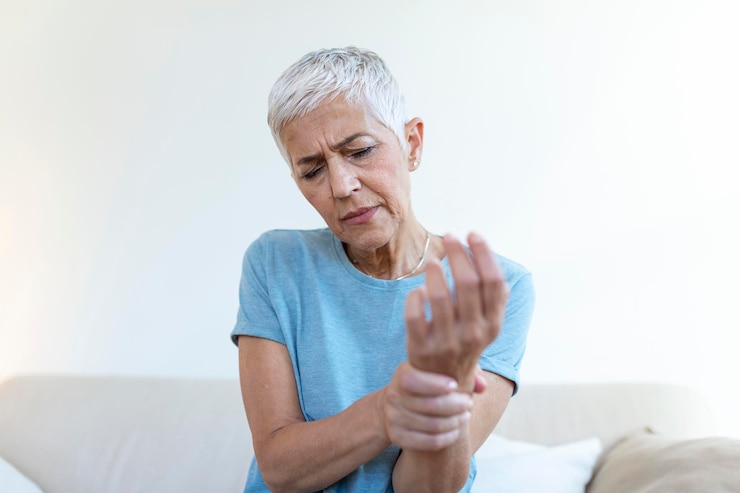
During a physical exam, your doctor or physical therapist will check your joints for signs of swelling, redness, and warmth. They’ll also assess how well you can move your joints. The term “arthritis” refers to a group of conditions that cause pain and inflammation in the joints.
Arthritis can either be a degenerative condition that worsens over time or an autoimmune form of joint inflammation. The most common types of arthritis are osteoarthritis (OA) and rheumatoid arthritis (RA). Osteoarthritis occurs when cartilage breaks down, leading to bones rubbing against each other, which causes friction, injury, and inflammation. Rheumatoid arthritis, on the other hand, is an autoimmune disease where the immune system mistakenly attacks healthy joint tissues.
Symptoms can vary depending on the type of arthritis. For some, symptoms may be mild, while for others, they can be severe and chronic. Joint pain may come and go, or it might persist, and common symptoms include joint discomfort, stiffness, and swelling.
Your weight can have a significant impact on arthritis symptoms. Extra weight puts added pressure on the joints, especially in areas like the knees, hips, and feet. Losing weight might help reduce the strain on these joints.
Massage can also provide relief by reducing pain and stiffness, although research supporting its effectiveness is limited. However, it’s generally safe and may have stress-relieving benefits. Your doctor might recommend a massage therapist who specializes in arthritis care, or a physical therapist could teach you how to self-massage.
Exercise is incredibly beneficial for managing arthritis. Starting a suitable fitness routine as soon as possible is highly recommended. Exercising with a trainer or a friend can help keep you motivated. Low-impact activities such as walking, cycling, swimming, or other water-based exercises are excellent options.
Heat and cold therapies can also be effective in relieving arthritis discomfort. For stiffness, warm showers, baths, or heating pads can help. Cold therapies, like a gel ice pack wrapped in a towel, can quickly reduce joint pain, swelling, and inflammation. Be sure not to apply ice directly to the skin to avoid damage.
Acupuncture, a traditional Chinese practice, involves inserting thin needles into specific parts of the body and may help with arthritis pain. While evidence supporting its effectiveness is limited, it’s generally considered safe when performed by a qualified practitioner.
Eating fresh fruits, vegetables, and whole foods can improve overall health and support the immune system. A plant-based diet rich in antioxidants can reduce inflammation by combating free radicals. On the flip side, consuming red meat, processed foods, and high amounts of sugar, salt, and saturated fat may worsen inflammation.
Physical therapy can be helpful for certain types of arthritis. Exercises designed to increase range of motion and strengthen the muscles supporting your joints can be beneficial. In some cases, splints or braces might also be recommended.
While no herbal supplement has been proven to treat arthritis, some may help with joint pain relief. These include herbs like Boswellia, bromelain, devil’s claw, stinging nettle, and thunder god vine. Since supplements are not regulated by the FDA for quality or safety, it’s important to approach them with caution.
Relaxation techniques and meditation can also play a role in managing arthritis pain. Reducing stress through practices like yoga or Tai Chi can not only ease pain but also lower inflammation. These activities combine gentle, low-impact movements with mindfulness, breathing, and relaxation. Chronic pain conditions like arthritis are often accompanied by stress, anxiety, and depression, making these practices especially helpful.
Arthritis comes in various forms that can lead to discomfort and reduced mobility. While some types are caused by wear and tear, others result from autoimmune or inflammatory conditions. Treatment options range from lifestyle changes and physical therapy to more advanced interventions like surgery.